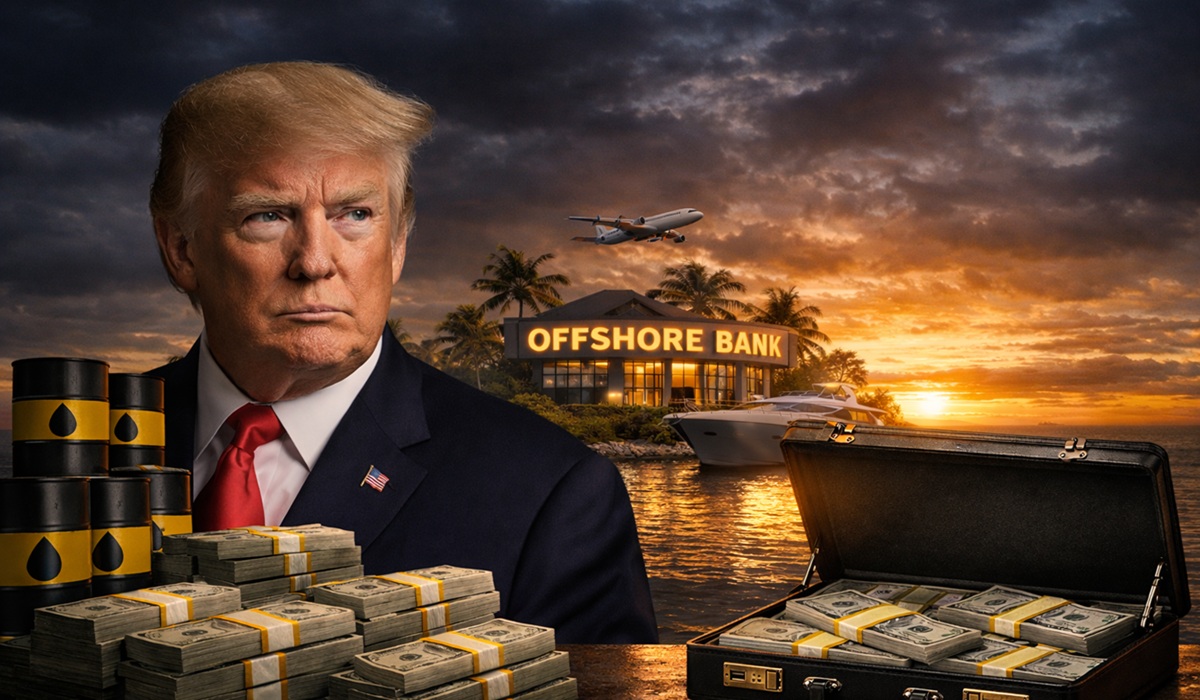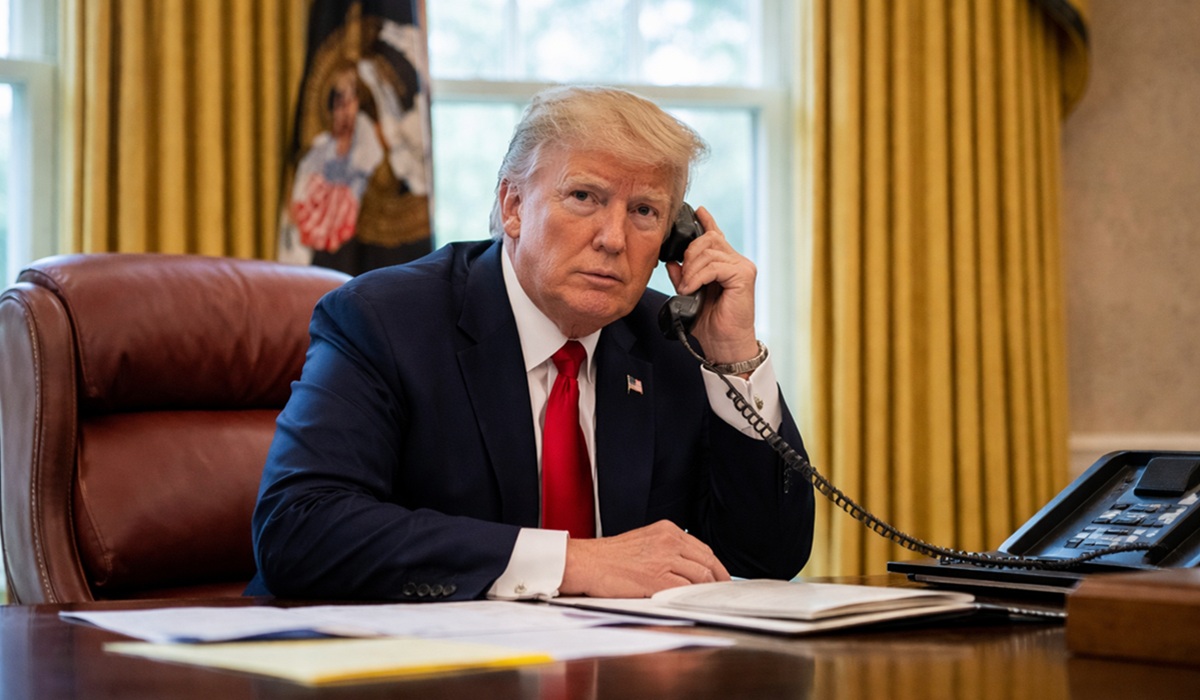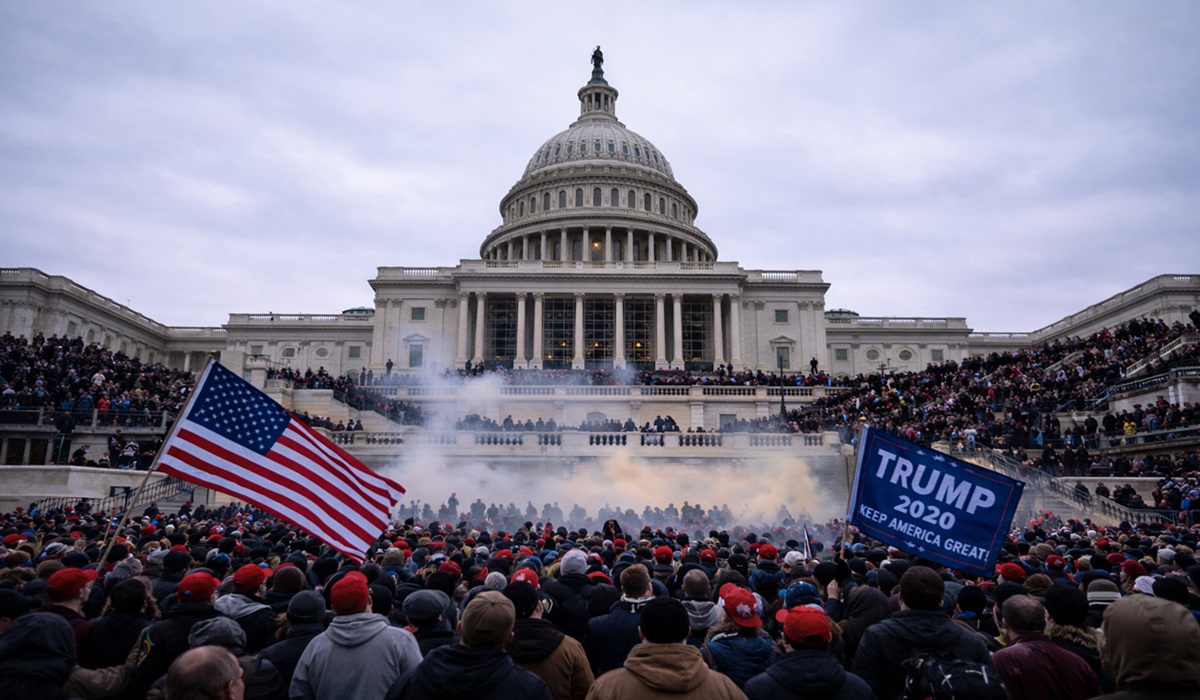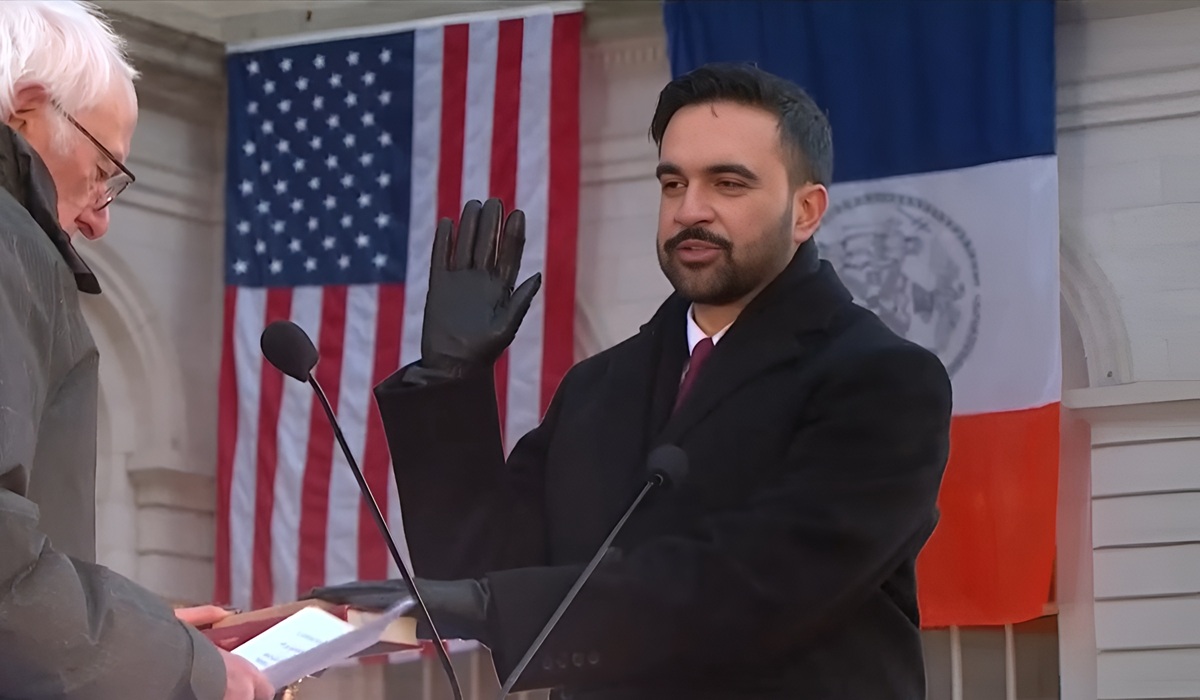Image Credit: Dinero777
Eight months into President Donald Trump’s second term, the American economy finds itself navigating uncharted waters. The administration’s aggressive tariff strategy, implemented through a series of national emergency declarations, has fundamentally altered the economic landscape in ways that extend far beyond campaign promises of renewed manufacturing dominance.
Since taking office in January 2025, Trump has deployed what economists are calling the most comprehensive tariff regime in modern American history. Using his IEEPA authority, President Trump imposed a 10% tariff on all countries, which took effect April 5, 2025 at 12:01 a.m. EDT, followed by individualized higher tariffs on nations with the largest trade deficits with the United States.
The scope has been breathtaking. Agricultural products faced tariffs beginning April 2, 2025, while Apple was threatened with additional 25 percent tariffs if it did not source its iPhone components from the US. The automotive sector was hit particularly hard, with a 25% tariff on imports of automobiles and certain automobile parts imposed in March under Section 232 national security provisions.
The economic modeling tells a stark story. The Trump tariffs amount to an average tax increase of nearly $1,300 per US household in 2025, according to the Tax Foundation. But this figure understates the broader economic damage. The Penn Wharton Budget Model projects even more alarming long-term consequences: Trump’s tariffs would reduce GDP by about 8% and wages by 7%, with a middle-income household facing a $58K lifetime loss.
These aren’t abstract numbers—they represent real families struggling with higher costs for everything from groceries to cars. The tariffs function as a regressive tax, disproportionately impacting lower-income Americans who spend a larger percentage of their income on goods subject to import duties.
Despite promises of a manufacturing renaissance, the reality on the ground tells a different story. President Donald Trump’s shock-and-awe tariff campaign is off to a slow start when it comes to reviving American manufacturing jobs, as CNN Business reported in July. The fundamental economic logic explains why: when you make inputs more expensive, production becomes less competitive, not more.
Tariffs on imported steel, aluminum, automotive parts, and electronics from Mexico and China raised input costs for US manufacturers by up to 15% in certain subsectors, disrupting just-in-time supply chains. This has created a paradox where policies designed to help American manufacturers are actually making them less competitive globally.
The automotive industry exemplifies this contradiction. While the 25% tariff on imported vehicles was intended to boost domestic production, it has instead created supply chain chaos. American automakers, dependent on integrated North American production networks built over decades, suddenly face massive cost increases for components they cannot quickly source domestically.
Perhaps most concerning is the impact on business investment, the engine of long-term economic growth. According to second quarter 2025 GDP data, gross private domestic investment fell at a 13.8 percent annualized rate—the steepest drop since the COVID-19 shock. This decline reflects businesses’ rational response to policy uncertainty and higher input costs.
When companies cannot predict future trade policies or input costs, they postpone expansion plans. This creates a vicious cycle where reduced investment leads to lower productivity growth, which in turn reduces wages and living standards over time. The Center for American Progress characterizes this as Trump’s “Turbulence Tax”—the economic cost of unpredictable policy making.
The damage varies dramatically across industries, creating winners and losers in ways that often contradict the policy’s stated goals. Agriculture, supposedly protected by “America First” policies, has been devastated by retaliatory tariffs. Farmers who voted for Trump in large numbers now find themselves cut off from key export markets, particularly in Asia.
The technology sector faces particularly acute challenges. The threatened 25% tariff on Apple unless it sources components domestically illustrates the fundamental misunderstanding of modern supply chains. Apple’s products depend on components from dozens of countries, often incorporating elements that cannot be produced cost-effectively in the United States. The ultimatum forces the company to choose between massive price increases for consumers or economically irrational production decisions.
Meanwhile, the film industry faces an unprecedented 100% tariff on films produced outside the United States, a policy that threatens to isolate American entertainment companies from global markets and partnerships that have been crucial to the industry’s success.
The tariffs are already showing up in inflation data, though the full impact is still unfolding. The United States would see lower GDP, investment, employment, and real wages over the following decade than otherwise, and higher inflation over the initial two years under current tariff policies, according to the Peterson Institute for International Economics.
Goldman Sachs Research attempts to put a positive spin on the situation, forecasting that S&P 500 earnings-per-share will grow 7% in 2025 to $262, incorporating a modest drag on economic growth and a one-time boost to inflation. But even this optimistic projection acknowledges the economic drag from tariff policies.
Proponents argue that tariffs generate revenue for the federal government, but the numbers reveal the policy’s limitations. Tariff revenues since January 2025 are still only 2.4 percent of the projected total federal revenue in fiscal year 2025 of $5.2 trillion. The revenue generated pales in comparison to the economic costs imposed on consumers and businesses.
This revenue is also economically inefficient. Unlike income or corporate taxes, which can be designed with some attention to ability to pay, tariffs fall heaviest on those who can least afford them. They represent a fundamental shift from progressive to regressive taxation, undermining decades of tax policy designed to reflect economic capacity.
The international response has been swift and decisive. Countries are not passively accepting American tariffs—they are retaliating with their own trade barriers. China’s 15 percent tariffs on coal and liquefied natural gas products, and a 10 percent levy on crude oil, agricultural machinery and large-engine cars imported from the U.S. exemplify the tit-for-tat escalation that economists have long warned about.
This creates a global economic environment where trade flows are distorted by political considerations rather than economic efficiency. The result is slower global growth, higher prices for consumers worldwide, and reduced innovation as companies focus on navigating trade barriers rather than improving products and services.
Eight months into this experiment, the economic data suggests that tariff-based economic policy is producing exactly the outcomes that mainstream economists predicted: higher costs for consumers, reduced business investment, supply chain disruption, and slower economic growth. While some specific industries may benefit from reduced competition, the overall impact on American prosperity has been decidedly negative.
The fundamental problem is that tariffs represent 19th-century solutions to 21st-century economic challenges. In an era of global supply chains, integrated production networks, and knowledge-based industries, attempting to recreate the industrial economy of the 1950s through trade barriers is both economically inefficient and ultimately futile.
As the full effects of these policies continue to unfold, American families, businesses, and workers are paying the price for an economic ideology that prioritizes political symbolism over economic reality. The question now is not whether these policies will succeed—the data already suggests they won’t—but how much economic damage will be done before more pragmatic approaches are adopted.









